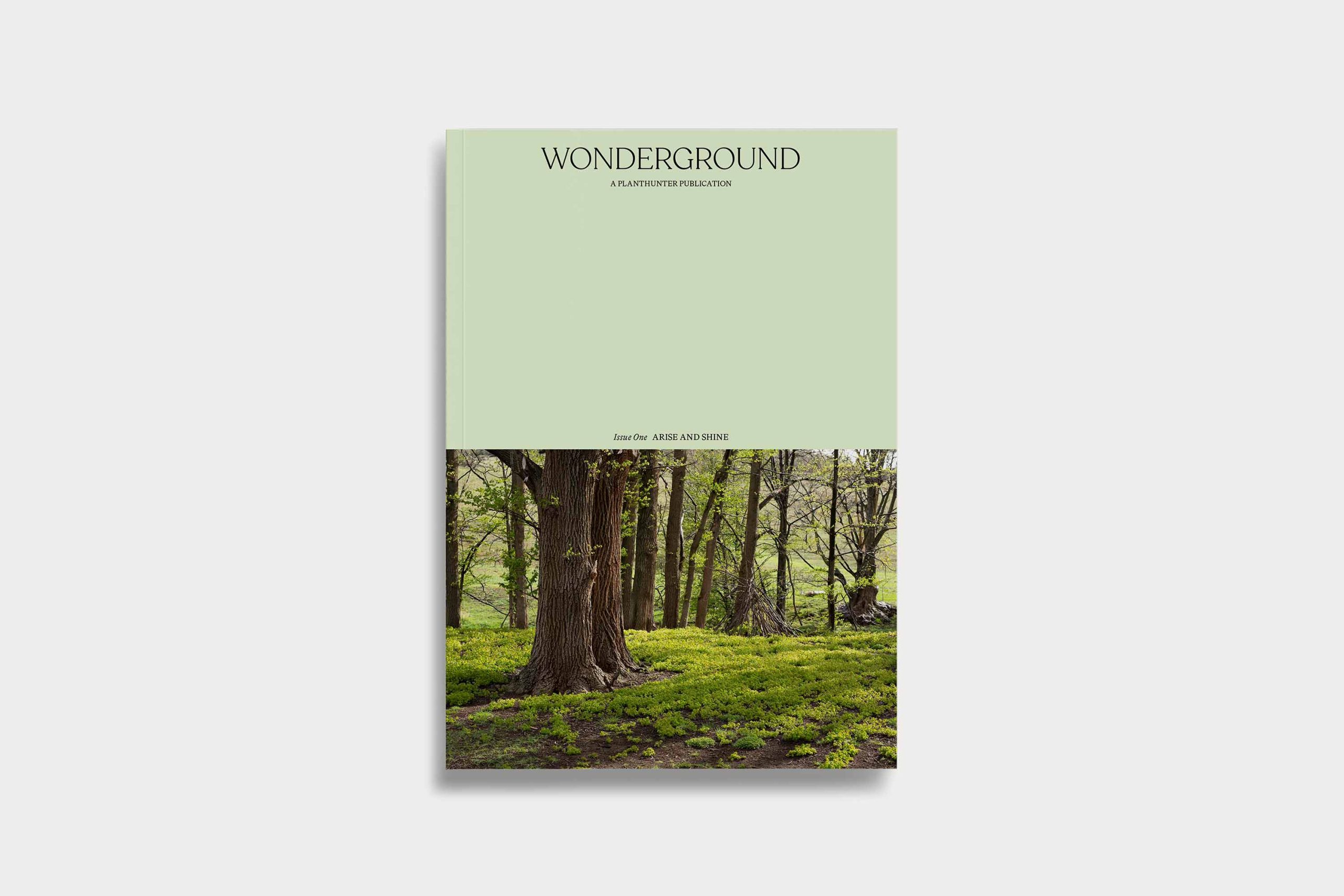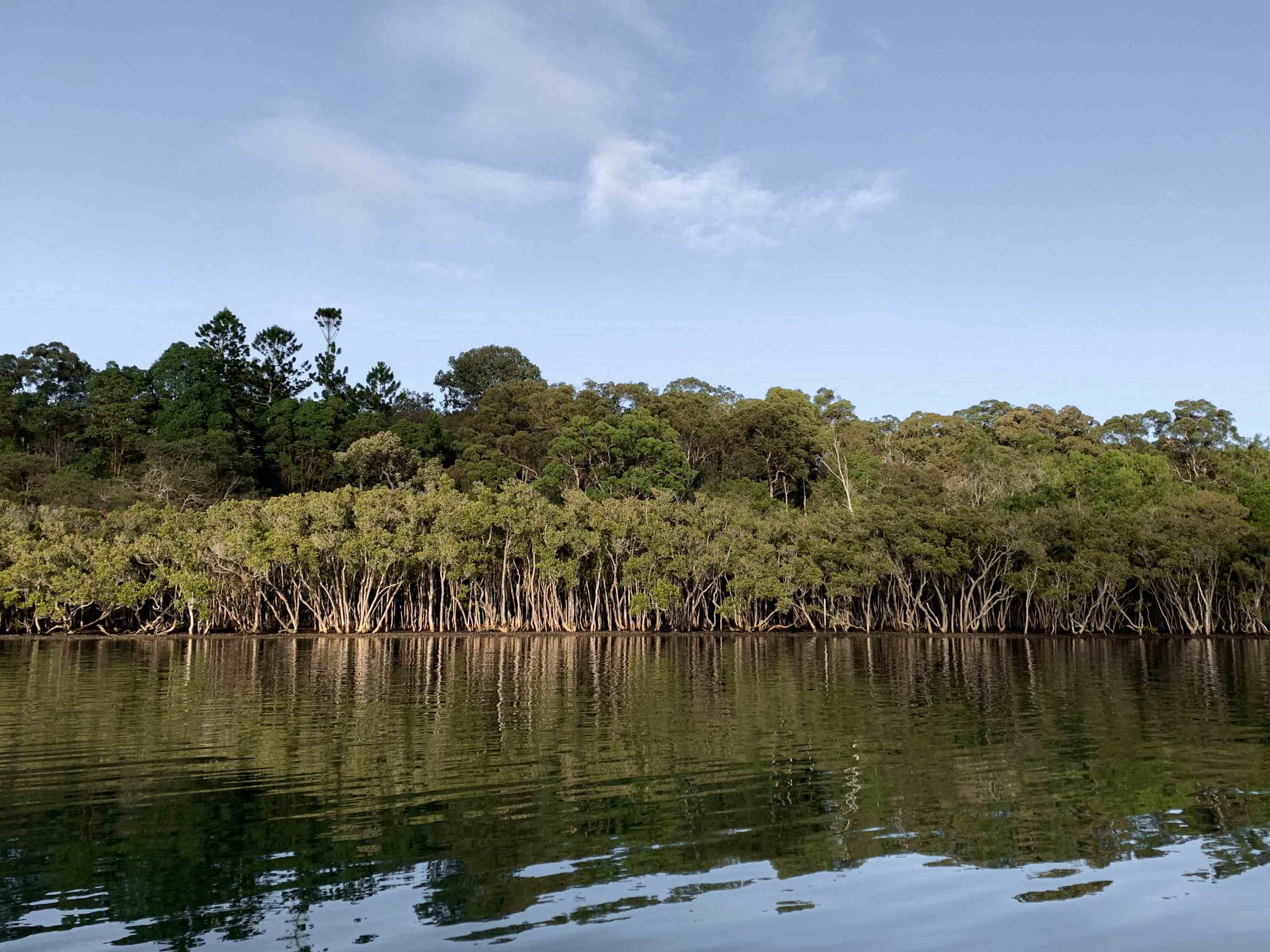Transformative Landscapes: Brooklyn Naval Cemetery Landscape

- Words by
- Georgina Reid
‘This is a place of death, historically, and now it is a place of life. It is full, full, full of life.’ Thomas Woltz, principal of Nelson Byrd Woltz landscape architects (NBW), is referring to the Naval Cemetery Landscape, a piece of ground with a busy history; it was once a wetland, then a shipbuilding yard, then orchards, followed by an unmarked graveyard for over 2000 people, and ball fields (the graves were exhumed in the 1920s). Nowadays, it’s one of the many public spaces that form part of the Brooklyn Greenway Initiative. But, unlike most parks, it’s designed not for recreation but contemplation.
NBW, with Rogers Marvel Architects, won the design competition for the space. There were a few curveballs, the most challenging being when the client told the designers they wanted a ‘fabulous landscape, but you cannot excavate because it’s a former cemetery and we’re not sure how well it’s exhumed’. Thomas laughs. ‘I asked them if they’d ever gardened, ever planted a tree.’ But, soon enough, the project team had a concept. Contemplation. And contemplation, it turns out, can be grown from seed.


‘What we did was to create a site for the contemplation of the collective human condition of death. But we made something reassuring, not depressing, that reminds us of the powerful circle that life offers us. We created an ecology that draws the most life to it, as a positive reminder of our own existence.’ A native meadow, due to the diversity of life it supports – fungi, invertebrates, insects, humans – was planted, drawing on NBW’s many years of conservation agriculture project experience. ‘We scraped the surface vegetation off, pressed the seed into the top layer of soil and voilà! We didn’t regrade anything.’ A raised boardwalk winds through the space, built on special footings requiring no excavation, and referencing early maps of the wetland that once existed on site. ‘Everything has an origin and a meaning,’ Thomas says.
The park is a hotbed of abundance, and a place of respite for all creatures – two-legged, ten-legged, no-legged. It’s also a place of learning. Research by urban nature organisation Nature Sacred is being undertaken in the park to better understand nature’s effects on stressed communities. In each of their gardens, according to Thomas, Nature Sacred install a bench with a weatherproof box containing a journal. Everyone is invited to contribute. The entries in the book have made Thomas weep more than once.
‘I have cried hot tears on reading that book. People who are facing terminal illness, abuse, psychological trauma – they come and they sit on the bench and they are immersed in the fecund life of this space and they get it. Their bodies get it.’
‘It is incredibly gratifying to read what people see in the beauty of this place, and how the very simple idea of a magnet for life is the most reassuring gift to the body and the mind.’
–
This is an extract from Transformative Landscapes, an essay published in Issue One of Wonderground (sold out), a biannual print journal published by The Planthunter. Issue Two is on sale now.









